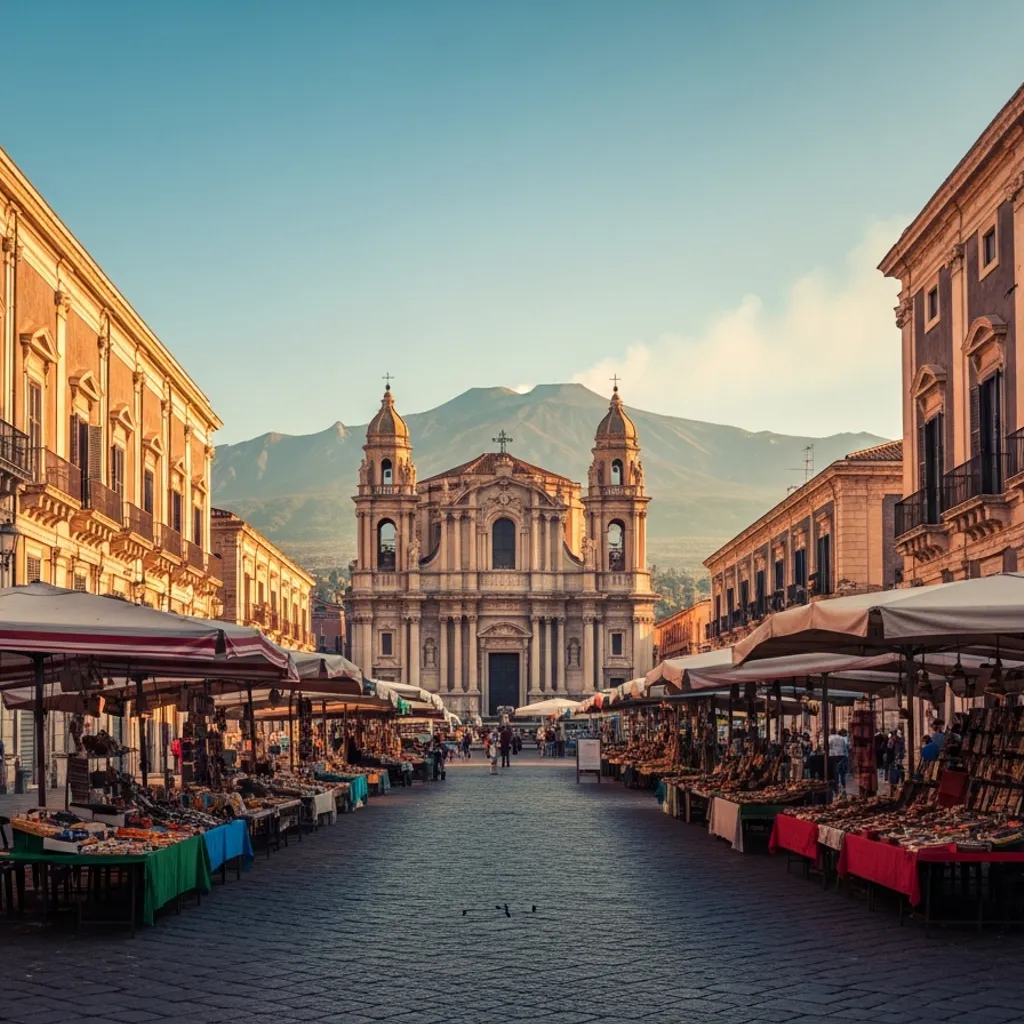Catania city break, volcanic energy and baroque life
Visit Catania for a compact, vivid city experience where volcanic presence shapes the skyline, baroque architecture fills the streets, and market-driven food culture sets the daily rhythm. A practical Catania city break fits into a long weekend, with walkable neighbourhoods, working markets, and cafés that reveal local life. Move between lively piazzas and quieter lanes on foot, sample seasonal seafood and street bites, and watch the light change on the stone facades. For logistics, use buses and shared taxis for longer legs, pack sturdy shoes for uneven pavements, and plan visits for morning and late afternoon light. This city rewards curiosity and a relaxed pace, delivering memorable meals, immediate encounters with craft, and a strong sense of place.
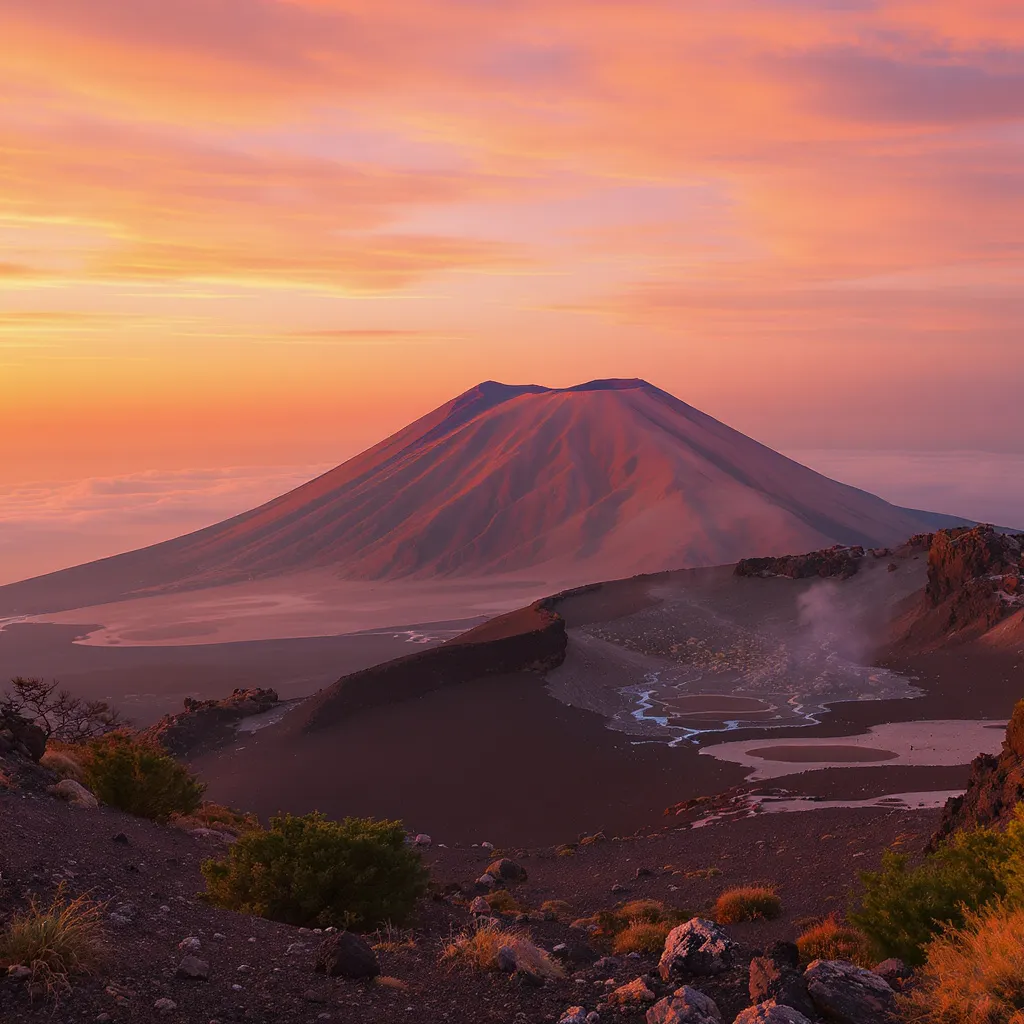
Mount Etna is a UNESCO World Heritage Site, inscribed in 2013 under criterion viii for its outstanding ongoing geological processes.
Historic Sites and Baroque Architecture
Start with Catania’s compact historic core to see how Roman remains and Baroque grandeur sit side by side. Walk from the dramatic Roman Amphitheater of Catania into the layered ruins of the Archaeological Complex Terme della Rotonda . Pause in an ornate palace interior at Palazzo del Toscano then slip into the quieter courtyard of Villa Cerami to feel university life fold around old stones. Finish with a restorative stroll through Villa Bellini/Chiosco Bellini , where pathways and busts make for easy people watching and clear views of Etna. These stops are close enough to combine in a single half day, and each reveals a different layer of the city’s story.
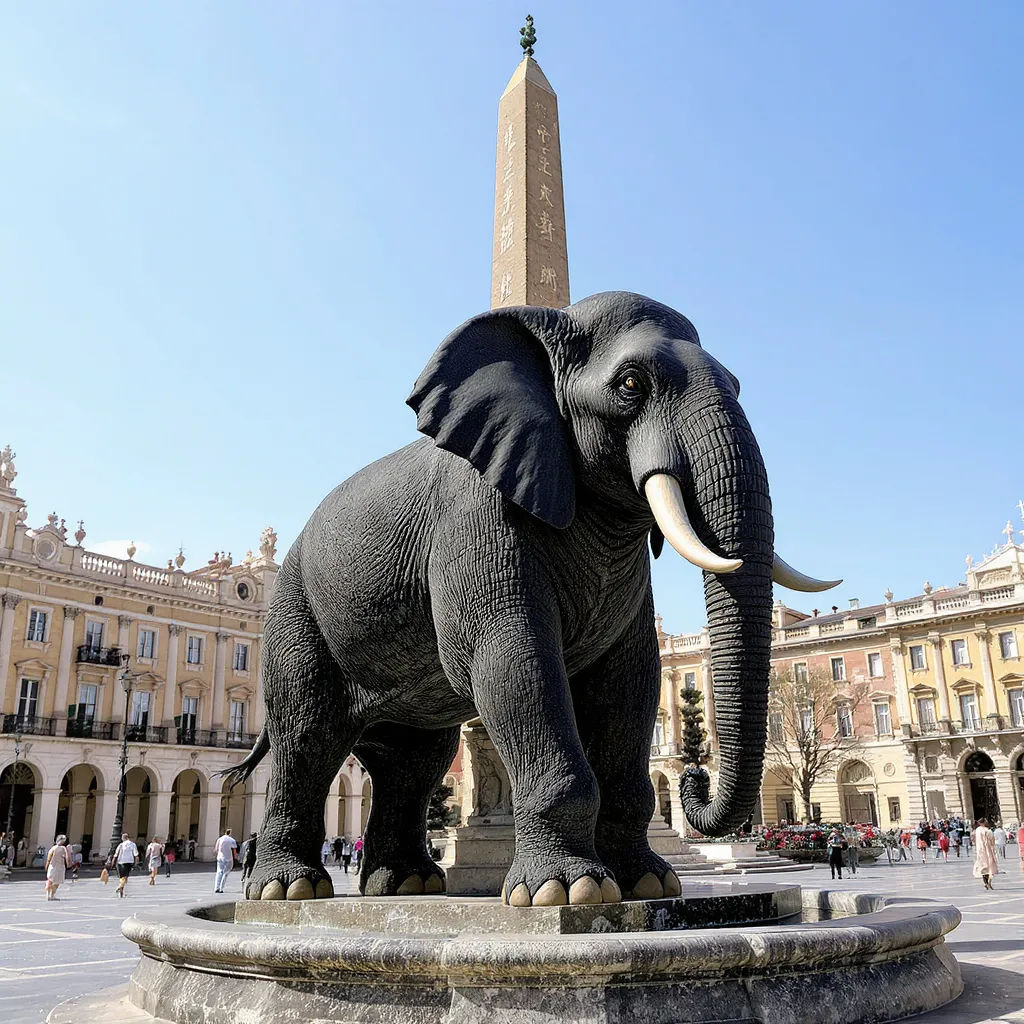
Catania’s city emblem, the Fontana dell’Elefante in Piazza del Duomo, was built between 1735 and 1737 by Giovanni Battista Vaccarini, combining a lava stone elephant with an Egyptian obelisk.
Local Food, Markets and Cafes
Catania rewards curiosity at every corner, from practical shops to buzzy dining rooms. Stock up or browse local specialties at COOP Supermarket or grab essentials quickly at 2 FRATELLI MINI MARKET . For a modern take on Sicilian flavors, book a table at Fud Bottega sicula or choose the intimate mood of MOON for cocktails and small plates. When you want a view with your meal, the rooftop at Etnea Roof Bar & Restaurant is set up for sunset drinks. If you prefer to hunt for bargains and curios, the lively Catania flea market offers a true local atmosphere and surprises at every stall.
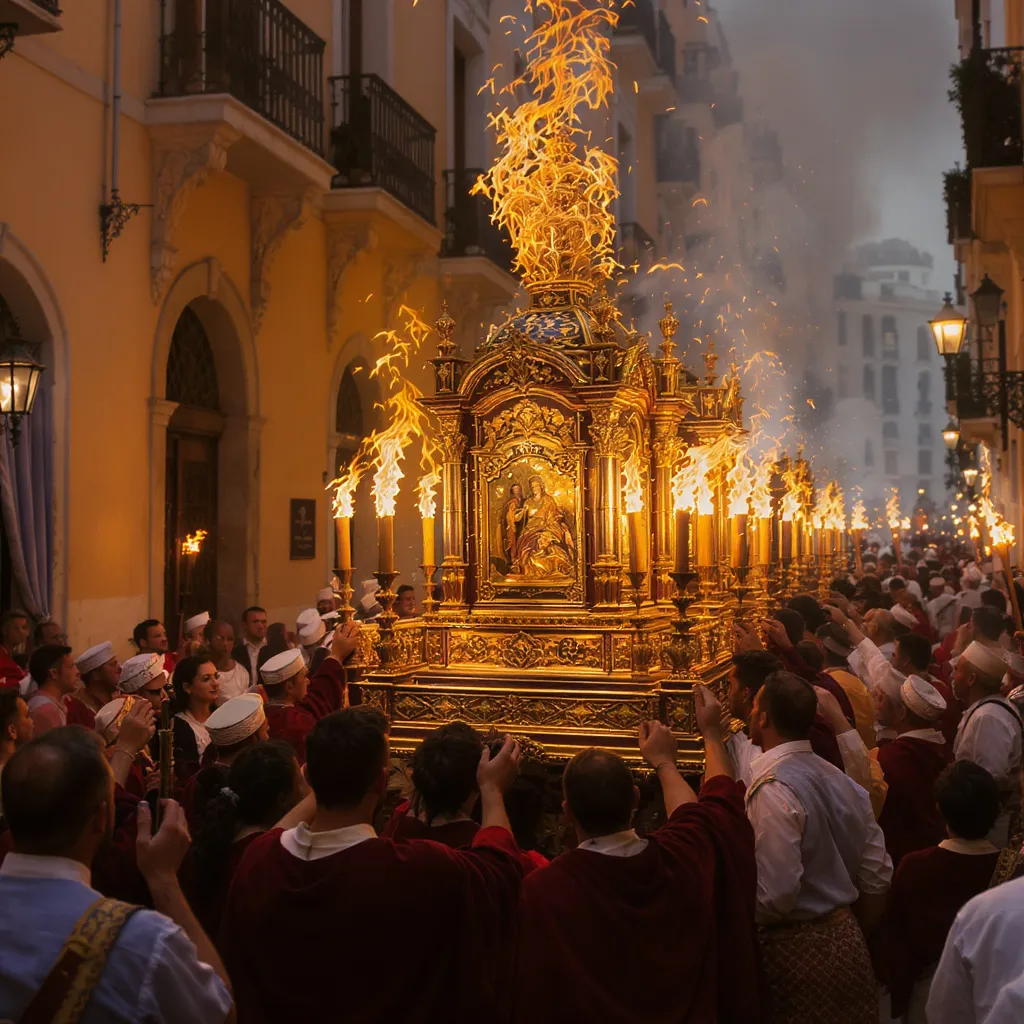
Festa di Sant’Agata is held every year on 3, 4 and 5 February, with processions that carry the saint’s relics through the historic centre.
Etna Tours and Outdoor Experiences
If your priority is the volcano and the coast, choose a trusted operator and plan for firm shoes and variable weather. For tailored treks and lava-field walks, book with Etnavic Etna & Sicily Tours where guides match pace and focus to the group. For a broader menu of active options, from boat trips to inland discoveries, see what’s offered by SICILYING: Find your Experience in Sicily or arrange customised itineraries through FreeFly Tour . For quieter cultural moments between excursions, the intimate exhibitions at Arionte Arte Contemporanea provide a contemporary contrast to outdoor drama. These operators focus on comfort, local insight, and clear logistics so you can maximise time outside the city.
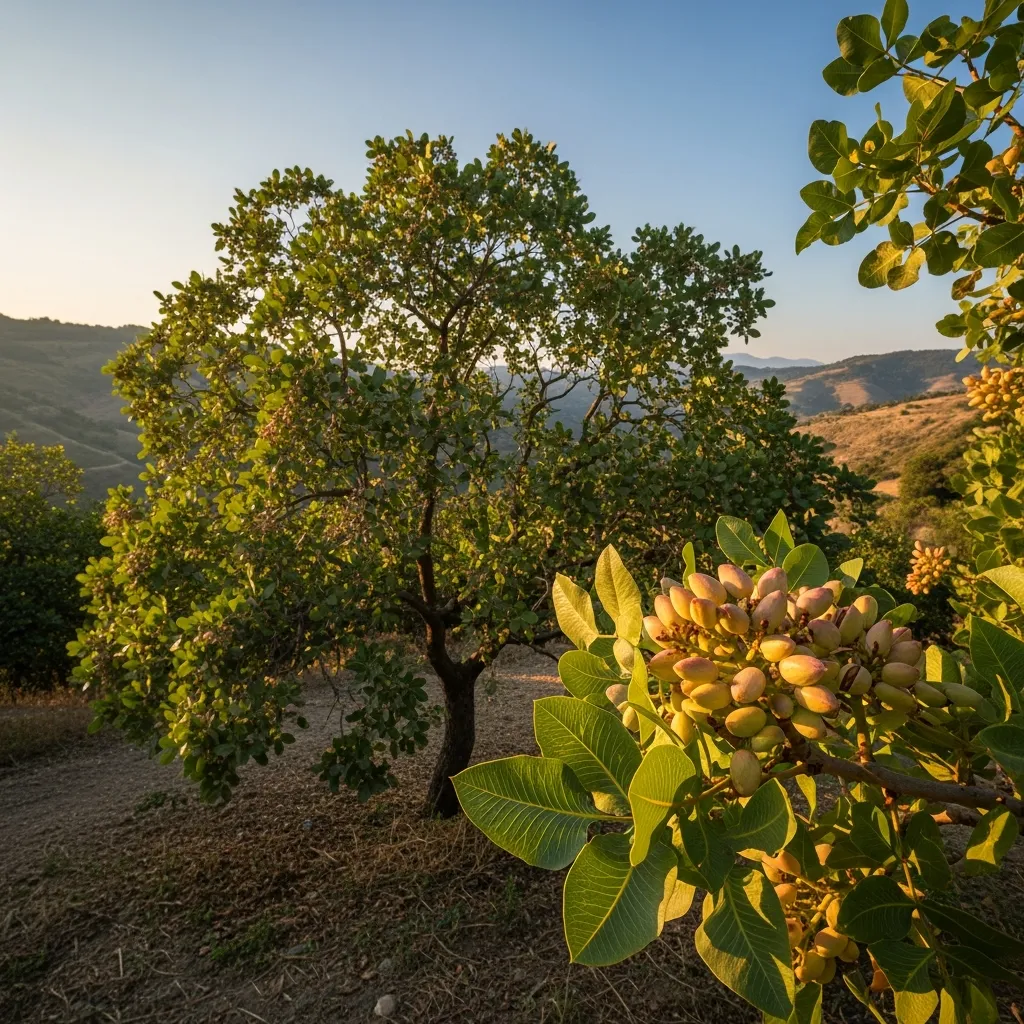
Pistacchio Verde di Bronte has held Protected Designation of Origin status since 13 January 2010, confirming its officially protected name and production area.

